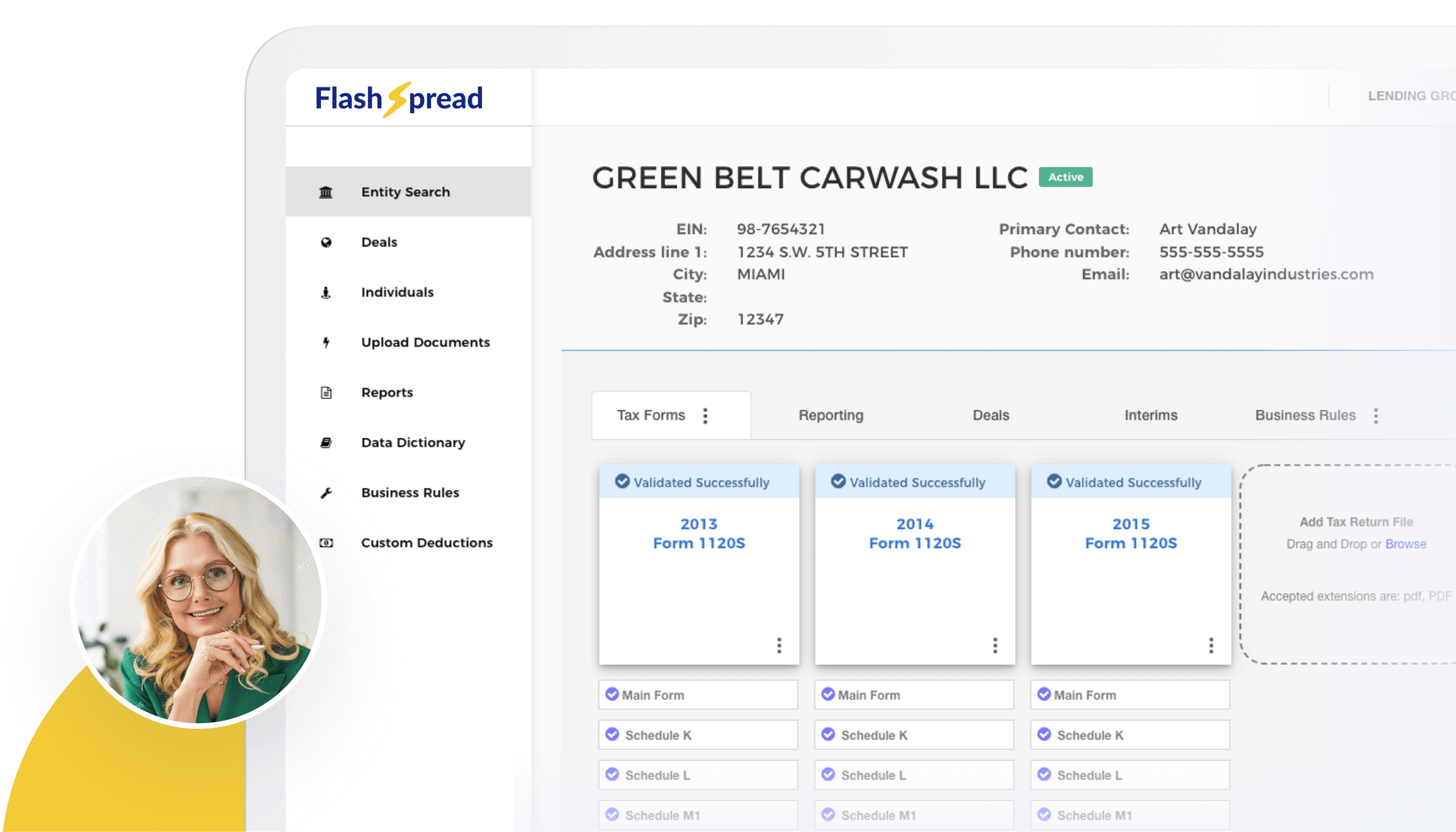Staying ahead of the curve is crucial for financial institutions looking to streamline processes and enhance commercial lending efficiency. According to Phocas, one of the key advancements that has significantly impacted the industry is the evolution of automated financial statement spreading.
Gone are the days of manual data entry and tedious calculations; today, sophisticated software solutions are transforming how lenders analyze financial statements. In this blog post, we’ll have a look into the evolution of the spread of automated financial information, exploring its origins, key milestones and impact on commercial lending.
Table of Contents
The Genesis of Automation in Financial Statement Spreading
The need for automated financial statement spreading arose from the challenges inherent in manual methods. Traditionally, lenders would spend hours manually inputting data from financial statements into spreadsheets, a process prone to errors and inefficiencies. Recognizing the potential for improvement, developers began exploring ways to leverage technology to automate these tasks.
The advent of spreadsheet software in the 1980s marked a significant leap forward. Tools like Microsoft Excel revolutionized financial analysis by allowing users to organize and manipulate data more efficiently. While these spreadsheets offered a degree of automation, they still required manual data entry, leaving room for errors and delays.
The Rise of Specialized Spreading Software
As the demand for more sophisticated solutions grew, specialized spreading software emerged. These tools were designed specifically for financial statement analysis, offering features catering to lenders’ unique needs.
The 1990s saw the rise of companies developing software to automate the spreading process, improve accuracy and reduce the time required for analysis.
These specialized solutions allowed lenders to import financial statements directly, eliminating the need for manual data entry. Additionally, they introduced features like ratio analysis, trend analysis and cash flow modeling, empowering lenders to make more informed decisions.
Integration with Core Banking Systems
The next major milestone in automated financial statement spread evolution was integration with core banking systems. Seamless integration enabled financial institutions to incorporate spreading functionality directly into their existing workflows. This integration saved time and enhanced data accuracy by eliminating the risk of discrepancies between systems.
The integration of spreading software with core banking systems also facilitated real-time analysis, enabling lenders to make quicker and more informed decisions. This was particularly crucial in the fast-paced world of commercial lending, where timely responses to loan applications could make the difference between securing or losing a deal.
Subscribe to BeSmartee 's Digital Mortgage Blog to receive:
- Mortgage Industry Insights
- Security & Compliance Updates
- Q&A's Featuring Mortgage & Technology Experts
The Role of Artificial Intelligence
In recent years, the introduction of artificial intelligence (AI) has taken automated financial statements to new heights. AI algorithms can analyze vast amounts of financial data quickly and accurately. Machine learning models can identify patterns, anomalies and trends in financial statements, providing lenders with deeper insights into the financial health of a business.
AI-driven spreading solutions also have the advantage of continuous learning. As these systems process more data, they improve their accuracy and efficiency over time. This dynamic adaptability is a game-changer for lenders seeking to stay ahead in an ever-changing economic landscape.
Enhancing User Experience with User-Friendly Interfaces
Another crucial aspect of automated financial statement spreading evolution is the emphasis on user-friendly interfaces. Early application software often had a steep learning curve, requiring extensive training for users to navigate and utilize all available features. Modern solutions prioritize intuitive designs that make it easy for lenders to leverage the power of automation without extensive training.
User-friendly interfaces increase adoption rates within financial institutions, ensuring that even non-technical users benefit from automated spreading tools. This democratization of technology has broadened the accessibility of advanced financial analysis capabilities across the industry.
The Impact on Commercial Lending
The evolution of automated financial statement spreading has profoundly impacted commercial lending. Here are some key ways in which these advancements have reshaped the industry:
Efficiency and Speed: Automated spreading tools significantly reduce the time required for financial analysis. Lenders can quickly assess the financial health of a business and make timely decisions, leading to faster loan processing and improved customer satisfaction.
- Risk Management: The advanced analytics capabilities of automated spreading software enable more accurate risk assessment. Lenders can identify potential risks and opportunities more precisely, allowing for more informed lending decisions.
- Cost Savings: Financial institutions can realize significant cost savings by automating labor-intensive tasks. The reduction in manual data entry minimizes the risk of errors. It frees up staff to focus on higher-value activities.
- Data Accuracy: Automation eliminates the risk of human error associated with manual data entry. This results in more accurate financial analysis, reducing the likelihood of misinformed lending decisions.
- Competitive Advantage: Financial institutions that embrace automated spreading gain a competitive edge in the market. The ability to process loans more efficiently and make informed decisions faster positions lenders as leaders in the industry.
Roundup
The evolution of automated financial statement spreading has been remarkable, from manual data entry to sophisticated AI-driven analysis. As technology advances, financial institutions must adapt to stay competitive in the dynamic commercial lending landscape. By embracing automated spreading solutions like FlashSpread, lenders can unlock new levels of efficiency, accuracy and strategic decision-making, ensuring a prosperous future in the evolving world of finance.
FlashSpread is a leading provider of state-of-the-art automated spreading software designed to empower financial institutions with advanced economic analysis capabilities. With its user-friendly interface, seamless integration and AI-driven insights, FlashSpread is revolutionizing how lenders approach financial statement analysis.
Contact FlashSpread today to discover how their innovative solution can enhance your lending processes, improve efficiency and propel your institution into the next era of commercial lending.




